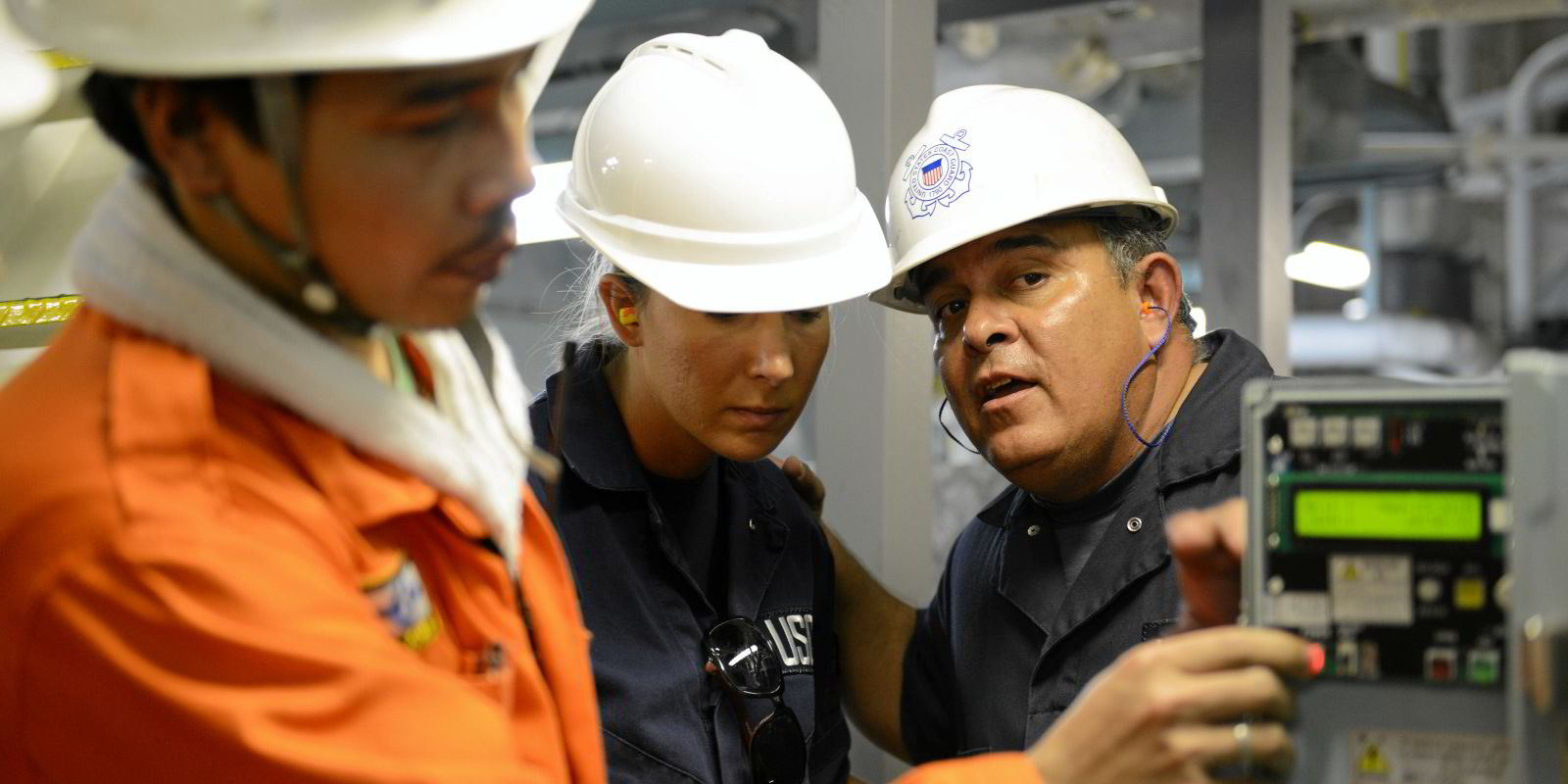Oldendorff Carriers has released a scathing critique of the Carbon Intensity Indicator (CII), which it says can cause vessels to emit more greenhouse gases when they try to improve their rating.
The German owner-operator has been working since June to quantify the effects of the incoming International Maritime Organization regulation and has compiled its research in a 46-page document, which is being circulated among its brokers and counterparties.
Executive director Henrik Christiansen told TradeWinds that Oldendorff wants its research to help the wider industry.
“This is not about Oldendorff, but it’s about all of us. It’s about our kids and a greener world. One of the eye-openers that we had was all this time and energy that’s being spent on what we see as a flawed formula should be spent on solving the real issue,” he said.
“All the clients we’ve talked to, they all want to focus on real savings, not some ship that has managed to optimise the formula.
“In the examples that we calculated, you are encouraged in most cases to emit more emissions versus saving. This can’t be right. It just defies logic.”
Oldendorff’s research has found that CII penalises laden vessels, which consume more fuel. The best CII score is obtained by slow steaming in ballast all year round — impossible for the world’s commercial fleet.
The company calculated that an STD82 panamax ballasting for 365 days at a “slow steam” speed would emit 26,142 tonnes of CO2, which under CII would be rated AAAA.
The same vessel trading for 250 sea days at full speed with 115 port days would emit exactly the same volume of carbon — but would be rated CCCC.
Oldendorff is critical of the lack of enforcement measures and penalties for non-compliance with CII, which it called a “toothless tiger”.
And the lack of incentive to comply could encourage behaviour that is at odds with the regulation’s ambitions.
According to Oldendorff’s calculations, an STD82 panamax bulker loading cargo from Hamburg to Rotterdam would have emitted 205 tonnes of CO2 upon arrival at the pilot station, which would result in the worst possible CII rating of EEEE.
But upon dropping the outward pilot at the discharge port of Melbourne, the vessel will have emitted 3,243 tonnes of CO2. This would give it an AAAA rating — the best score possible.
Owners who want a better CII rating could, for example, agree with the charterer to tender the notice of readiness at the port, then leave the anchorage to steam around in circles — particularly beneficial for the ship’s CII rating if it is in ballast, according to the research document.
Specific dry cargo trades could also be affected by CII’s calendar-year basis and the fact that the regulation penalises vessels in port, which consume less fuel while idle.
Brazilian load ports for fertiliser are especially congested at the end of the year, for example. A 30-day wait at Santos in December could, therefore, completely destroy a ship’s CII rating for the whole year.
It works the other way too.
“At the end of each calendar [year] a ship that is [rated] D or E can simply stop trading and just ballast around to repair its CII rating. Obviously, this is silly and burning a lot more fuel, generating a lot more emissions, but that’s how owners can play the game,” Oldendorff stated in the document.
The company thinks there should be a rolling rating for the previous 12 months.
“Our point is, we should comply and we should focus on the emissions and not have the contracting parties focus on the letters [of the rating],” Scott Bergeron, Oldendorff’s director of business development & strategy, told TradeWinds.
He said there is already confusion among charterers, who want a ship with the best possible CII rating because they believe its emissions will be lower. But Oldendorff’s research shows this is not necessarily the case.
The company thinks charterers should accept E-rated ships as compliant vessels.
“If charterers insist on a higher CII rating, then shipowners will need to ask for indemnification from charterers for the cargoes the charterers wish to be carried if there are damages to the vessel’s CII rating,” the document said.
“It leads to a vicious cycle where all parties wish to be covered due to an illogical formula which needs to be rewritten.”
Shipping is “missing opportunity” while it wastes time on CII, Bergeron said.
“In the next two to three years, we can reduce emissions and get that much closer to the 2030 goals,” he said.
“Or we can educate through the slow process of learning by experience and waste two to three valuable years, and then we’ve achieved next to nothing to 2030, or in fact — as our examples show — make the situation worse.”
Bimco has been unsuccessful in developing a CII clause for time charter contracts that is acceptable to both owners and charterers, according to Oldendorff.
“The new clause as presented makes CII entirely a charterer’s problem without any liability for the owners even if the ship underperforms; owners have the rights to interfere in the voyages and charterers have an unlimited liability for expenses and risks that nobody can quantify,” the Oldendorff document said.
Bimco is unlikely to do better with its voyage charter clause, which is still being drafted — but Oldendorff does not blame the organisation.
“We’re not critical of the IMO and we’re not criticising Bimco, either,” Scott Bergeron, Oldendorff’s director of business development & strategy, told TradeWinds.
“It’s that they didn’t have the data, they didn’t have the information, they didn’t have the experience to run this through. And so we’ve been running it through for the last few months for all of our trades, and that’s when these contradictions surfaced.”






